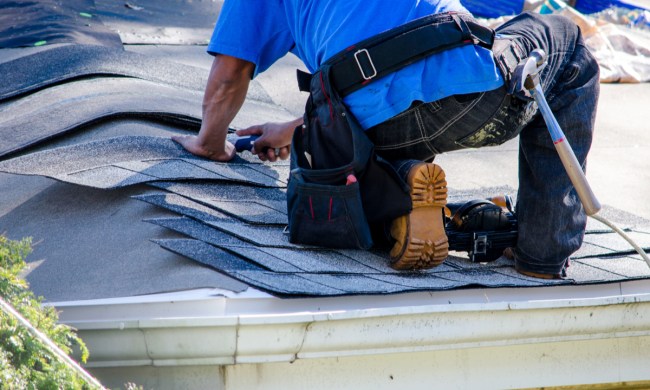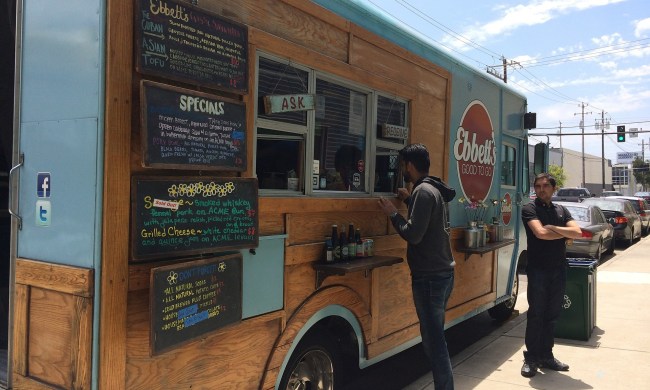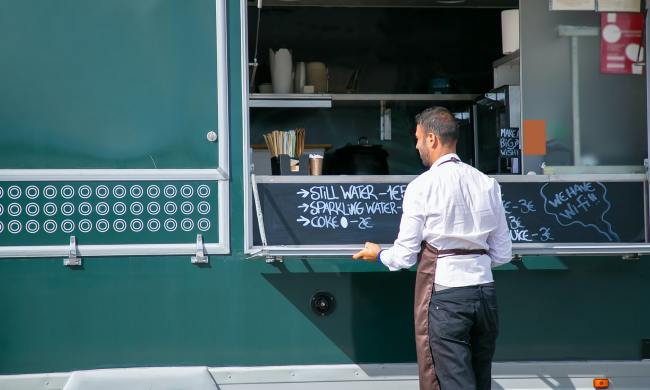There are over 7.5 million construction jobs projected through 2026, according to the U.S. Bureau of Labor and Statistics. These statistics vary by specialty, too, which means a variety of opportunities for many contractors. If you’re looking for construction opportunities, you need to know how to get a contractor’s license.
Obtaining a contractor’s license isn’t impossible. In fact, you don’t even need tons of experience to get started on your licensure. There’s a simple way to get started on earning your license, even with little experience. Learn more about what you need to do to break into the construction business.
What is a contractor’s license?
Before you learn how to get a contractor’s license, you need to understand what it is and the kind of work it authorizes you to do. Various licenses allow you to perform different categories and specialties within the construction field. Some licenses require years of experience in general fields before you specialize further.
You can be licensed by a government entity or be recognized by a professional guild that allows you to work legally as a specific contractor. The most common contractor’s licenses fall under general contracting, subcontracting, electric, roofing, and plumbing.
RMO license
One of the more common types of licensure also includes the RMO or Responsible Managing Officer. This license often applies to contractors who partner with businesses for projects over a standard minimum rate. The contractor shares their license number to a trusted business, possibly a builder or construction company.
If you’re looking to get started as a contractor right away, this may be the best licensure path for you. You’ll likely perform general or subcontract work for someone else as their employee. Taking this path limits your options immediately, but it allows you to accrue the relevant experience for specializing later (while getting paid for it).

How to get a contractor’s license
Now that you understand what a contractor’s license allows you to do, you’re ready to learn how to obtain one (regardless of prior experience). If you wish to go into business for yourself, the RMO license can help you get connected professionally, but it limits you. If you wish to run your own contracting business, you’ll want to explore other options.
The path to licensure varies by state, too. Some states have long union histories, making their apprenticeship and licensing paths more extensive. Of course, this also means you’re more likely to receive paid training, but it will take you more time to operate your own business.
Consider the services you want to offer
Think about how you want to work in construction. If general contracting and subcontracting interest you, it’ll be much easier to obtain a license right away. The nature of both these contract types means you won’t need special skills or knowledge.
If you’re unsure of where you want your future in construction to head, general contracting can also expose you to many specialty paths, such as HVAC, plumbing, masonry, and carpentry. Meanwhile, you’ll potentially earn the required journeyman experience to obtain a license of your own.
Take a licensing exam
Once you know what type of contracting work you want to do, enroll in the required programs your state offers. Complete these classes, and when you feel confident in your ability to perform said work, take a licensing exam.
Not all states require you to pass a licensing exam. Some offer alternatives to validate credentials, especially if you worked in general contracting previously. Check your regional guidelines before you sign up for a potentially unneeded test.

Preparing for your future contract work
After earning your contractor’s license, it’s time to take care of some other paperwork. You’ll need to obtain general liability insurance to protect yourself on job sites and projects. This also communicates your professionalism and financial credibility to clients.
If you work for someone else, be sure to check they offer insurance. A construction bond is also ideal for protecting your and customers’ investments in your work. After you’ve figured out the necessary paperwork, make sure you complete any additional documentation required by your state or county.
The sooner you begin working toward your contractor’s license, the sooner you can run your own specialty business. Your little experience won’t keep you out of construction work — follow the right steps and get your contractor’s license when you need it.


